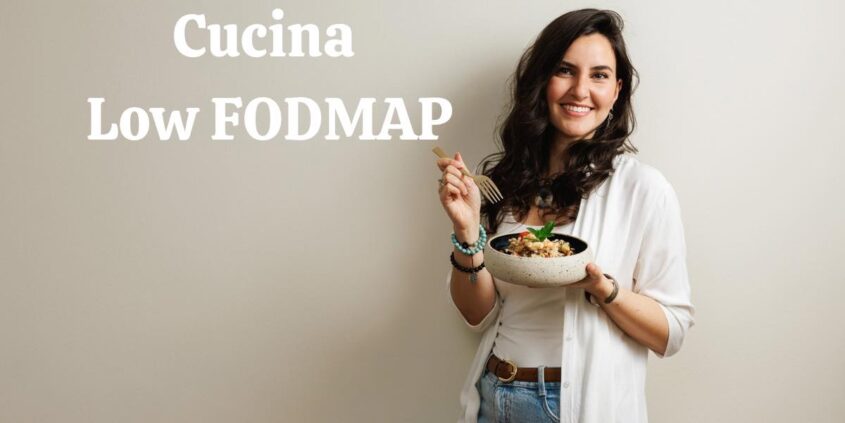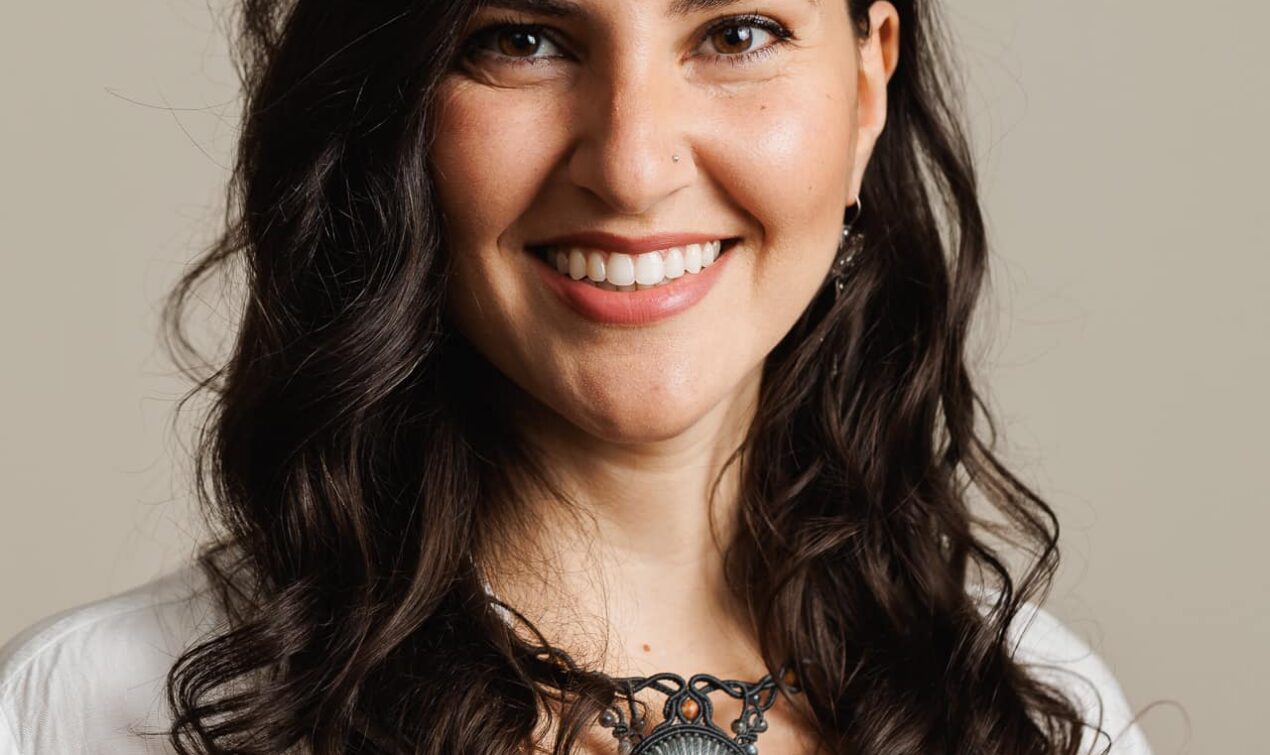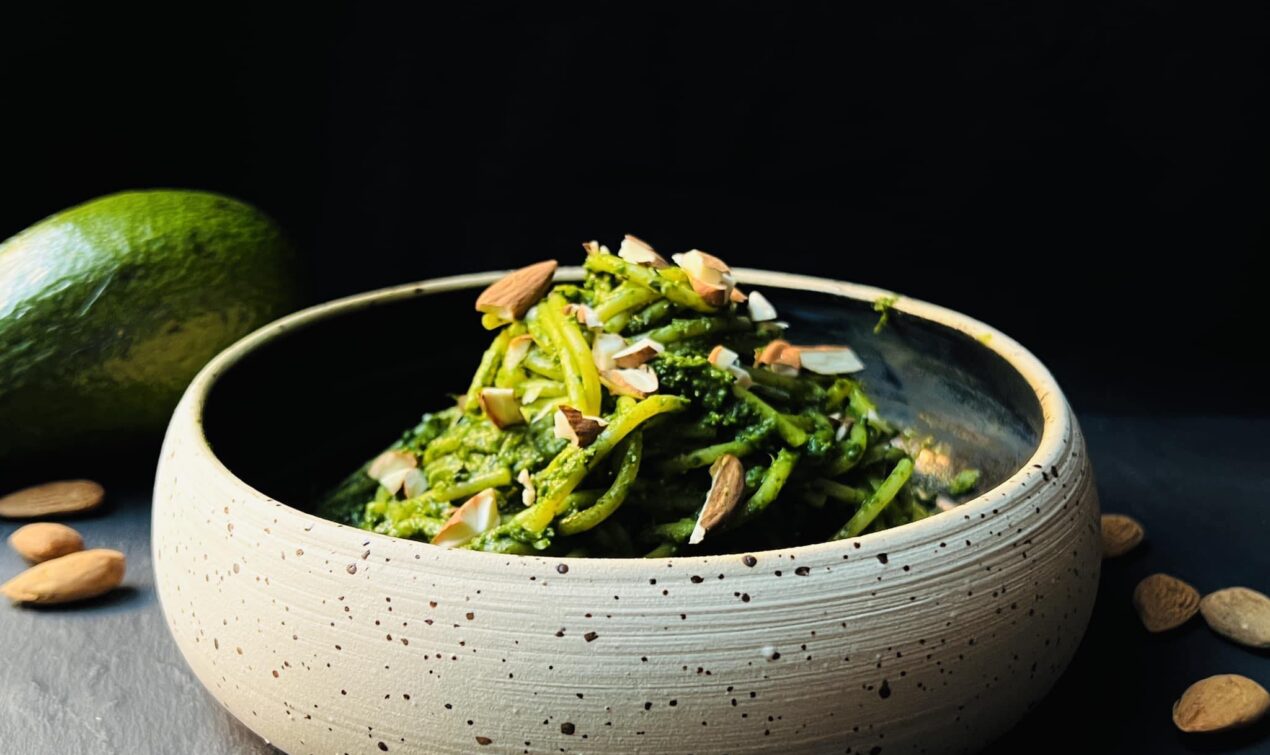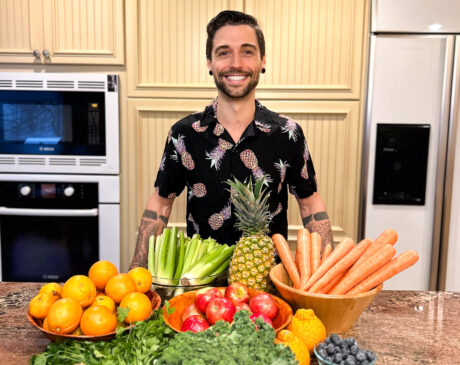Discover the Secret to a Happier Gut with Alessia Ingrasciotta and her Low FODMAP Diet

Navigating digestive issues can feel like an endless battle, filled with discomfort, confusion, and trial-and-error diets. But what if there was a way to reclaim your well-being without sacrificing flavor or joy in eating?
Meet Alessia Ingrasciotta, the mind behind Cucina Low FODMAP, a project that merges science-backed nutrition with a passion for delicious, gut-friendly meals. With a background in Indian philosophy, a personal journey through endometriosis and IBS, and years of research, Alessia has become a guiding light for those seeking relief through food.
In this exclusive interview, she reveals what led her to specialize in the Low FODMAP diet, the biggest challenges people face when starting, and how simple lifestyle changes can make a world of difference. Plus, she shares her go-to recipe for a happy gut!
Ready to transform your relationship with food? Keep reading—your digestive health might just thank you.
Hi Alessia, first of all, could you introduce yourself to our readers? Tell us about your professional journey and how the idea of creating “Cucina Low FODMAP” came about.
Good morning, and thank you for having me! My name is Alessia Ingrasciotta, and I have a keen interest in wellness and nutrition, with a particular focus on the Low FODMAP diet and irritable bowel syndrome (IBS).
My journey began with my academic studies in Hindi language and Indian Literature and Philosophy, which led me to explore traditional Indian medicine, Ayurveda.
Having personally dealt with endometriosis and IBS, I sought effective solutions to improve my quality of life.
That’s how “Cucina Low FODMAP” was born—a project that combines nutritional science with my passion for cooking and holistic well-being.

What led you to specialize in the Low FODMAP diet, and what benefits have you personally experienced or observed in your clients after adopting this dietary approach?
My personal experience was the main driving force behind my decision to study the Low FODMAP diet. After years of debilitating gastrointestinal symptoms, I discovered this protocol and noticed a significant improvement in managing bloating, pain, and digestive issues.
From there, I felt compelled to deepen my knowledge to help others facing similar challenges. Many of my readers and followers report similar benefits, including symptom relief and a greater awareness of how food impacts their well-being.
What are the most common challenges people face when starting a Low FODMAP diet, and how do you help them overcome them?
The biggest difficulties involve understanding which foods to avoid, the fear of not being able to enjoy flavorful meals, and the social challenges of following the diet.
To help overcome these obstacles, I provide practical tools such as shopping lists, sample meal plans, and creative recipes. Additionally, I strive to educate people on adopting a flexible and sustainable approach, avoiding unnecessary restrictions while promoting a varied and enjoyable diet.
On your blog, you share numerous Low FODMAP recipes. Where do you find inspiration to create dishes that are both delicious and suitable for those with IBS?
I draw inspiration primarily from Mediterranean cuisine and culinary traditions from different cultures, including Indian cuisine, adapting recipes to fit the Low FODMAP framework.
I also consider seasonal ingredients and the nutritional needs of those following this diet. My goal is to show that dietary restrictions don’t have to mean sacrificing flavor!
Do you have a favorite recipe that you often recommend? If so, we’d love for you to share it with us!
My most recommended recipe is the Gut-Calm Bowl, a balanced dish packed with ingredients that support digestive health. It includes well-tolerated carbohydrates, lean proteins, and healthy fats, designed to provide energy without causing discomfort.

For those who are new to the Low FODMAP diet, what are the essential steps to ensure a balanced and nutritious eating plan?
In my opinion, the key steps are:
- Educate yourself properly: Understand what FODMAPs are and where they are found.
- Follow the elimination phase carefully: For a limited time, reduce high-FODMAP foods.
- Gradually reintroduce foods: Identify which foods are well tolerated.
- Balance your nutrients: Ensure you’re consuming the right amount of macronutrients and micronutrients.
- Seek guidance from professionals: It’s always advisable to work with a specialist to tailor the diet to your needs.
Beyond nutrition, what other lifestyle aspects do you consider important for managing IBS?
In addition to diet, stress management, regular physical activity, and good sleep quality are crucial.
Practices such as yoga, meditation, and breathing techniques help reduce inflammation and improve digestion. Hydration and maintaining a healthy circadian rhythm are also key factors in gut health.
There are still many stereotypes about specific diets for conditions like IBS. How do you tackle these misconceptions in your daily work?
I focus on spreading evidence-based information, debunking myths, and promoting a personalized approach. Many people believe that the Low FODMAP diet is a lifelong solution or that it’s too complicated to follow.
In reality, it’s a tool to identify trigger foods and improve quality of life—it’s not meant to be followed indefinitely.
How do you keep your blog updated with new recipes and advice while ensuring the scientific accuracy of the information you provide?
I dedicate a lot of time to research and continuous learning, consulting scientific studies and collaborating with industry experts.
Each recipe is carefully crafted to be not only delicious but also compliant with the guidelines established by Monash University, the institution that first developed the Low FODMAP protocol. I also value feedback from my community to create relevant and useful content.
What advice would you give to someone considering the Low FODMAP diet to improve their gut health?
My advice is to approach this journey with awareness and without anxiety, ideally with the support of a professional specializing in gut disorders.
The Low FODMAP diet may seem complex at first, but with the right knowledge and a bit of planning, it becomes much easier. Most importantly, remember that the goal is to enhance well-being, not just eliminate foods—the reintroduction phase is just as crucial to customizing your diet sustainably.
Thank You, Alessia!
We truly appreciate Alessia for sharing her insights, expertise, and personal journey with us. Her dedication to helping others navigate the Low FODMAP diet with ease and enjoyment is both inspiring and invaluable.
If you’re looking for delicious gut-friendly recipes, expert tips, and practical advice on managing IBS through nutrition, be sure to follow Alessia on her platforms:
📸 Instagram: @cucinalowfodmap
🌍 Website: Cucina Low FODMAP
Whether you’re just starting your Low FODMAP journey or looking for new ways to optimize your gut health, Alessia’s resources are a must-follow. Thanks again, Alessia, and happy cooking to all!



